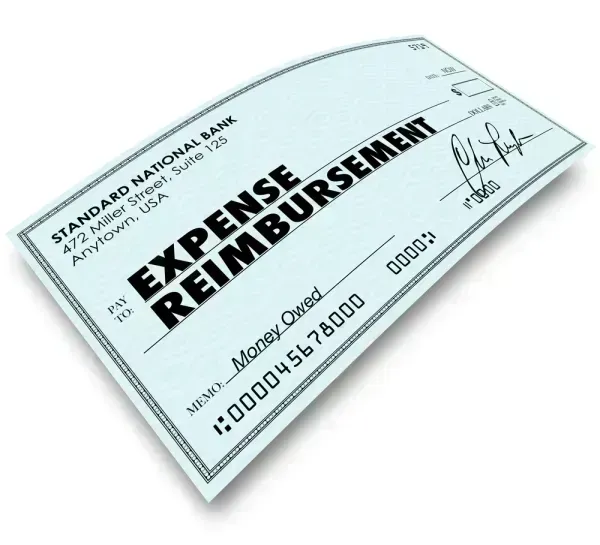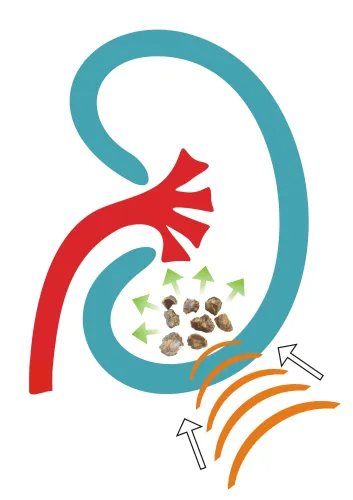2019 Will Bring a Bit Higher Pay, Thanks to Conversion Factor Update

Remember that local geographic factors can change your bottom line. As 2019 gets underway, be sure you’ve updated your billing systems to reflect the latest payment values to ensure you’re getting the most accurate reimbursement. Extra pay: Providers will see a small rise in their Medicare reimbursement in 2019, thanks to a small boost to the National Conversion Factor (NCF) from approximately $35.9996 in 2018 to $36.0391 in 2019. And while no one will call the rate increase substantial, every penny counts when you’re aiming for your providers’ deserved pay. Remember, however, that you won’t automatically apply the national CF when figuring your provider’s pay. “Conversion factors can vary by state because of variation in Geographic Practice Cost Indices for a geographic location with specific local economic and practice expense factors,” says coding consultant Kelly Dennis, MBA, ACS-AN, CAN-PC, CHCA, CPC, CPC-I, owner of Perfect Office Solutions in Leesburg, Fl. For example, consider one of your more common urology procedures, code 51729 (Complex cystometrogram (ie, calibrated electronic equipment); with voiding pressure studies (ie, bladder voiding pressure) and urethral pressure profile studies (ie, urethral closure pressure profile), any technique). Medicare assigns Total Relative Value Units, RVUs, of 10.21 for both facility and non-facility sites; reimbursement based on the national CF is $367.96. This fee represents the standard unadjusted Physician Medicare fee schedule. However, once the Geographic Practice Indices for each state or local area are factored in for Work RVUs, Practice Expense RVUs and Malpractice RVUs, the total RVUs can change (see below). A few examples of how the final numbers can vary based on state or locale are: Note: The changes in the conversion factor and other changes in RVUs will lead to an estimated small increase (1 to 4%) in the 2019 Medicare fee schedule. Walk Through a Reimbursement Refresher To calculate the fee for a Medicare service, you’ll multiply the conversion factor by the total relative value units (RVUs) for the procedure in question. According to Medicare’s National Physician Fee Schedule Relative Value File, there are three separate RVU categories that, when totaled, determine payment. Because the expense of providing a service may differ depending on where the service is provided (facility vs. non-facility), the Fee Schedule lists separate columns to describe “facility” vs. “non-facility” PE RVUs. As John Verhovshek, MA, CPC, with AAPC explains, you determine the RVU total for a specific code by calculating the sum of work RVUs, MP RVUs, and either the facility or non-facility PE RVUs (as applicable to your place of service). CMS applies separate Geographic Practice Cost Indices (GPCI) to each of the three relative values (work, MP, and PE) used to calculate payment since the cost of practicing medicine varies by geographic location. Use this formula to determine the true, total RVUs for a procedure or service in your area: (work RVUs x work GPCI) + (PE RVUs x PE GPCI) + (MP RVUs x MP GPCI) To calculate payment, you must multiply the place-of-service- and locality-specific RVU total by a dollar conversion factor. Although the CF may change annually, it is the same for all places of service and localities. Be aware: Since RVU amount plays such an important role in reimbursement, changes in RVU assignments could drop your payment for some services in 2019 despite the slightly higher CF. For instance, code 99204 (Office or other outpatient visit for the evaluation and management of a new patient, which requires these 3 key components: A comprehensive history; A comprehensive examination; Medical decision making of moderate complexity…) had a total non-facility RVU of 4.65 for 2018, which calculated as a fee of approximately $167.35 when multiplied by the 2018 conversion factor of 35.99. In 2019, code 99204 has a total non-facility RVU of 4.63. This calculates as a fee of approximately $166.86 when based on the national conversion factor of $36.0391. The decreased RVU (from 4.65 to 4.63) means lower reimbursement even when factoring in the higher CF. Resource: Read the CY 2019 MPFS final rule published in the Federal Register at https://s3.amazonaws.com/public-inspection.federalregister.gov/2018-24170.pdf.




